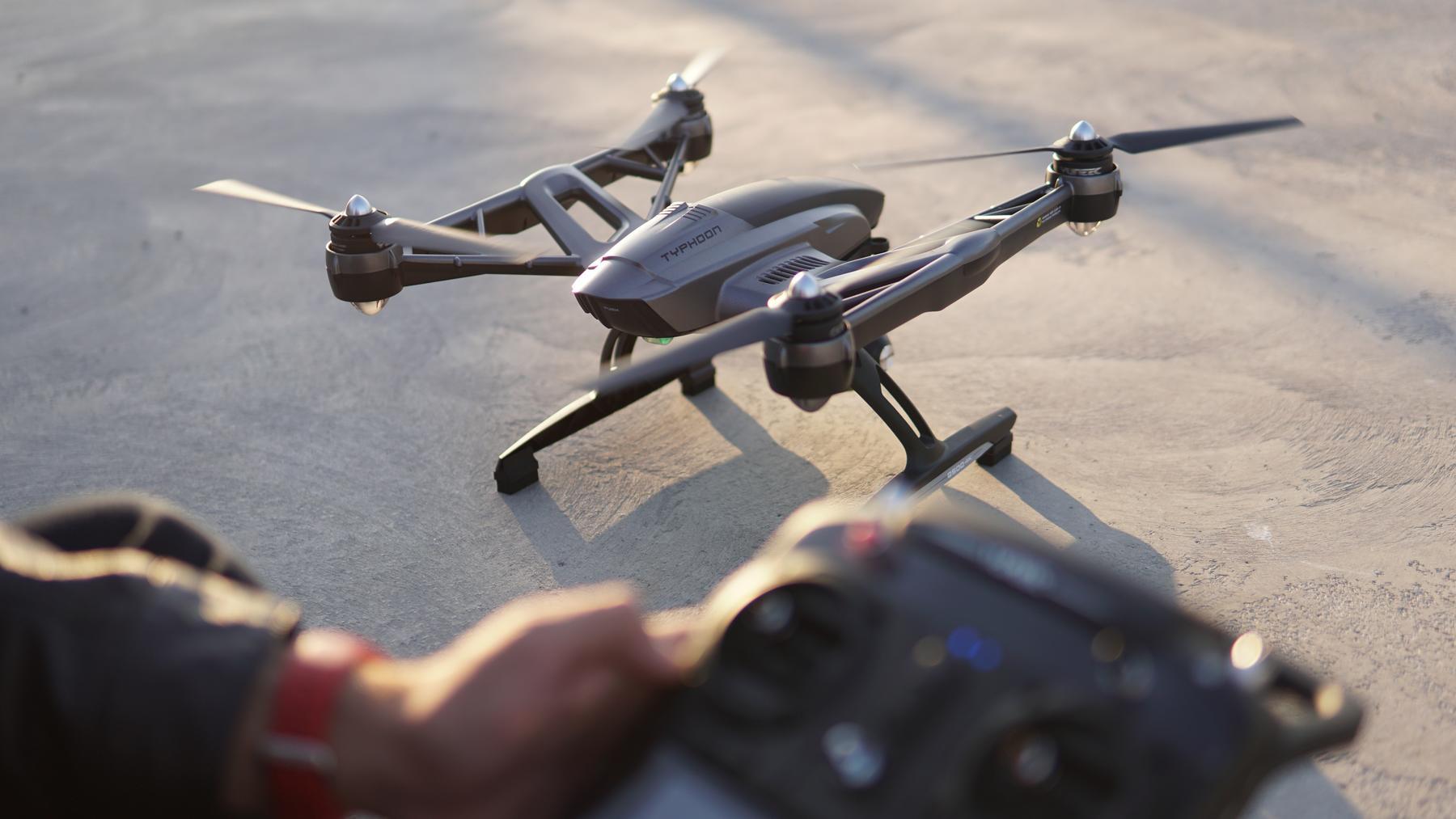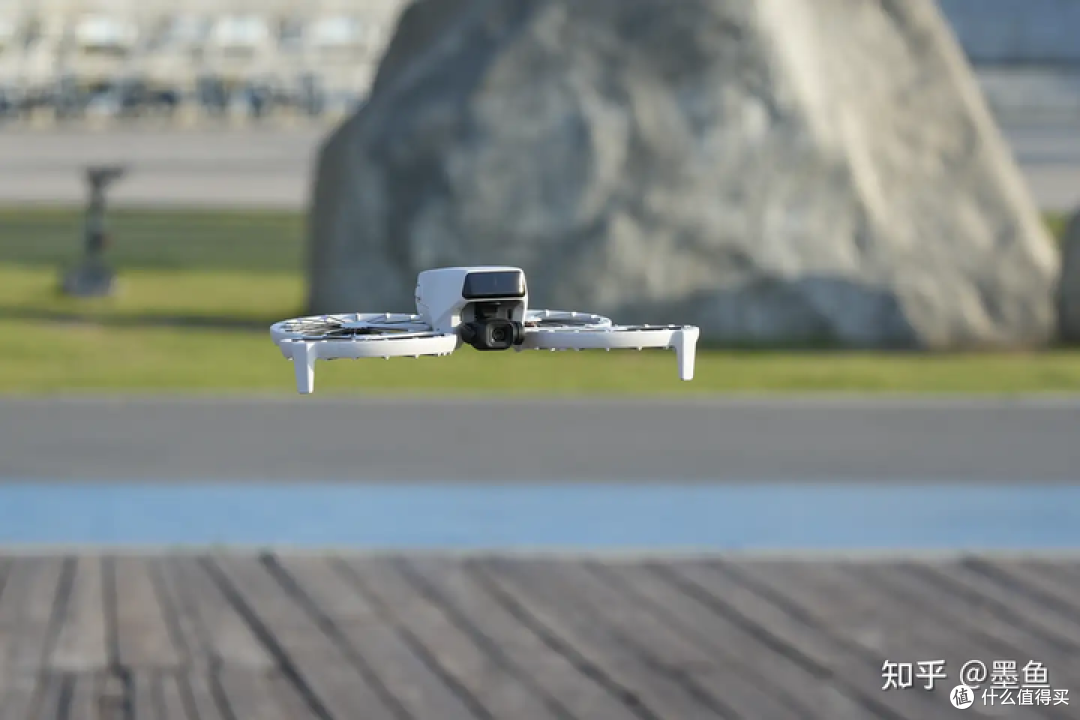The utilization of unmanned aerial vehicles, commonly known as drones, during Donald Trump’s presidency had significant implications for global security dynamics. Trump’s administration saw a marked increase in drone strikes, raising concerns among international human rights organizations and sparking debate over the ethical and strategic aspects of such military actions. The role of drone strikes has evolved significantly, transforming the landscape of modern warfare. These changes are crucial in understanding the broader impact on global security and policy-making.
A Shift in Strategy
Trump’s drone policy represented a substantial shift from previous administrations, with an emphasis on aggressive, tactical maneuvers designed to maintain U.S. interests abroad. This approach was characterized by an expansion of operations in regions such as the Middle East and North Africa, where threats were deemed imminent. The increase in drone strikes under Trump’s command raises critical questions about the efficacy and morality of using such force. Did these strikes effectively dismantle terrorist networks, or did they exacerbate tensions, leading to more instability?
Legal and Ethical Concerns
Strategically, Trump drone actions were often praised for their precision and ability to minimize American troop casualties. Nevertheless, they were scrutinized for potentially violating international law and civilian protection protocols. The transparency of these operations was debated fiercely, with calls for accountability in cases where civilian casualties occurred inadvertently. This scrutiny begs broader questions of international law adherence and the ethical implications of remote warfare.
Global Security Outcomes
While aiming to incapacitate terrorism threats swiftly, the overall impact on global security was complex. There is evidence suggesting that, although targeted strikes dismantled certain networks, they inadvertently contributed to a cycle of resentment and retaliation from affected communities. This raises concerns about the long-term security implications and the sustainability of using drone strikes as a primary tool in counterterrorism.
Technological Advancements and Future Implications
The rise in drone strike operations under Trump’s administration underscored the importance of technological advancements in modern warfare. Drones have become increasingly sophisticated, with enhanced surveillance capabilities and strike precision. These technological trends hint at future developments that may further alter global security strategies.


However, with technological progress comes the need for comprehensive regulatory frameworks to prevent misuse and ensure adherence to international standards of engagement. The strategic use of drone strikes requires a balanced approach, considering both immediate gains and potential long-term repercussions.
FAQ
- What were some stated objectives of Trump’s drone policy?
The primary objective was to neutralize terrorism threats with minimal American military exposure, aiming for precision in targeting high-profile enemies. - How did international communities respond?
There was a mixed response, with many human rights organizations advocating for transparency and accountability, while others recognized the strategic importance in combating terrorism. - Are drone strikes still a prevalent strategy?
Yes, they continue to be used worldwide but with increasing calls for regulation and ethical scrutiny.
